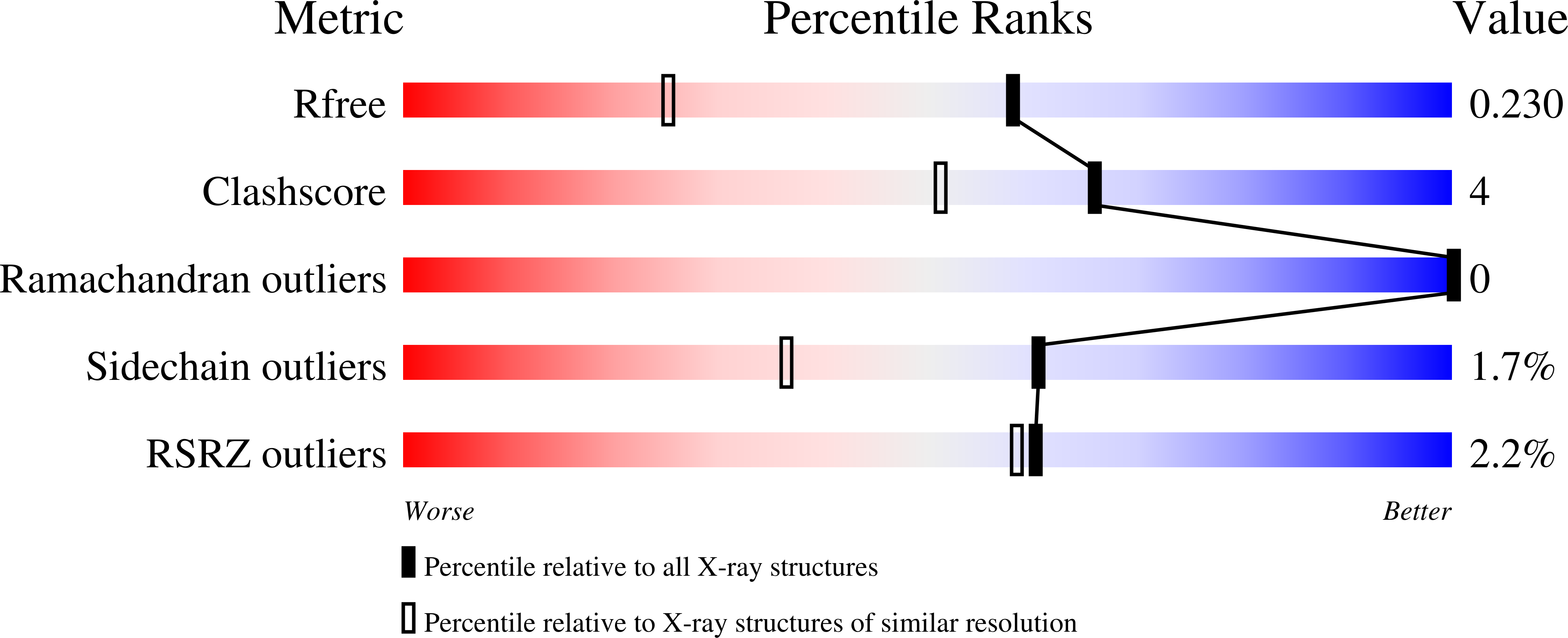
Deposition Date
2021-03-11
Release Date
2021-04-14
Last Version Date
2023-10-18
Entry Detail
Biological Source:
Source Organism:
Streptomyces sviceus (Taxon ID: 285530)
Host Organism:
Method Details:
Experimental Method:
Resolution:
1.62 Å
R-Value Free:
0.22
R-Value Work:
0.19
R-Value Observed:
0.19
Space Group:
P 21 21 21


